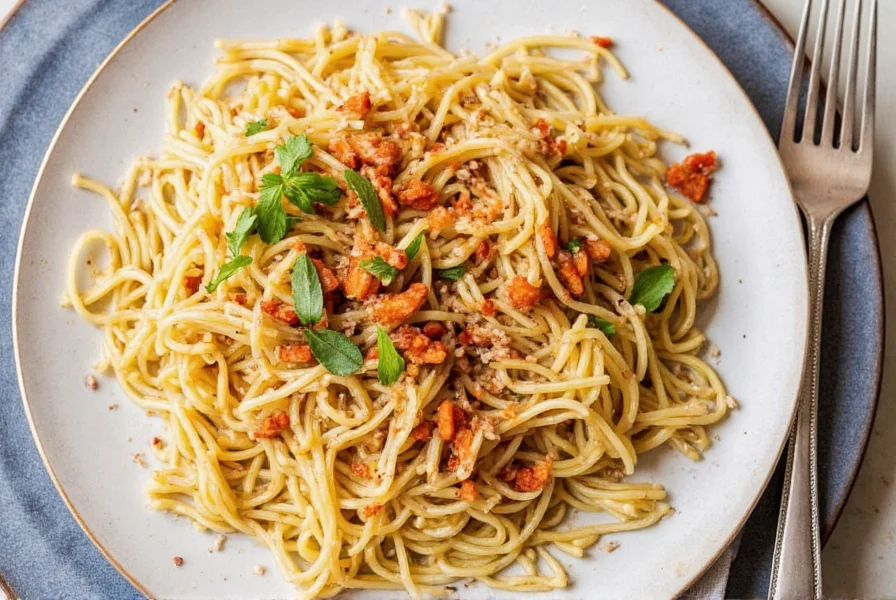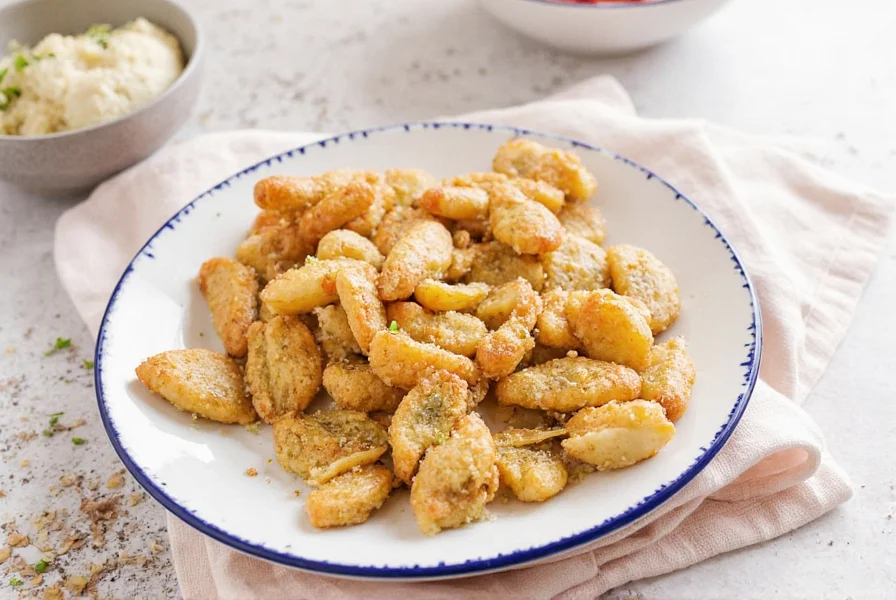Creating the perfect ginger roux requires understanding both the science of roux preparation and the unique properties that ginger brings to this foundational cooking technique. Unlike traditional roux, which serves primarily as a thickening agent, ginger roux simultaneously builds flavor depth while providing viscosity to your dishes. This dual functionality makes it an invaluable tool in any serious cook's repertoire, particularly when working with recipes that benefit from subtle warmth and aromatic complexity.
What Exactly Is Ginger Roux?
Ginger roux represents an innovative adaptation of the classic French cooking technique. While traditional roux combines equal parts fat and flour cooked to varying degrees, ginger roux incorporates fresh grated ginger, ground ginger, or ginger paste at specific stages of the cooking process. The ginger's volatile oils and pungent compounds infuse the fat before the flour is added, creating a flavor base that permeates the entire dish rather than merely sitting on the surface.
The key difference between ginger roux and simply adding ginger to a finished sauce lies in the Maillard reaction and emulsification that occurs during roux preparation. When ginger cooks in the fat, its flavor compounds become fat-soluble, allowing them to distribute evenly throughout the dish and withstand longer cooking times without losing potency.
Optimal Ingredients for Superior Ginger Roux
Creating exceptional ginger roux starts with selecting the right components. The quality of each ingredient directly impacts your final result:
| Ingredient | Recommended Type | Why It Matters |
|---|---|---|
| Fat | Unsalted butter or neutral oil | Butter adds richness; oils prevent burning at higher temps |
| Ginger | Fresh grated (young ginger preferred) | Young ginger has milder heat and brighter flavor |
| Flour | All-purpose or rice flour | Rice flour creates gluten-free option with similar thickening |
Step-by-Step Ginger Roux Preparation
Follow this professional technique to create perfectly balanced ginger roux:
- Start with cold fat (1 cup butter or oil) in a heavy-bottomed pan over medium-low heat
- Add 2-3 tablespoons freshly grated ginger once the fat is warm but not smoking
- Cook ginger in fat for 2-3 minutes until fragrant but not browned
- Gradually whisk in 1 cup flour, maintaining consistent temperature
- Cook for 5-7 minutes, stirring constantly, until raw flour taste disappears
- Remove from heat when desired color (pale gold for neutral flavor, deeper for nuttiness)
- Cool slightly before incorporating into liquids to prevent lumps
The critical timing element involves adding the ginger before the flour. This sequence allows the ginger's essential oils to infuse the fat properly. Adding ginger after the roux has formed results in a less integrated flavor that can become bitter during extended cooking.

Common Ginger Roux Mistakes and Solutions
Even experienced cooks encounter challenges with ginger roux. Understanding these common pitfalls ensures consistent results:
- Bitter flavor: Caused by overheating ginger. Solution: Cook ginger in fat at lower temperature (300-325°F)
- Lumpy texture: Results from adding cold liquids to hot roux. Solution: Temper roux with small amount of warm liquid first
- Weak ginger flavor: Occurs when ginger is added too late. Solution: Infuse ginger in fat for full 2-3 minutes before adding flour
- Separation issues: Happens with improper emulsification. Solution: Maintain consistent temperature when incorporating liquids
Culinary Applications for Ginger Roux Mastery
Ginger roux shines in specific applications where its unique properties enhance the final dish:
- Seafood sauces: Complements fish and shellfish without overpowering delicate flavors
- Vegetable gravies: Adds depth to mushroom, asparagus, or root vegetable preparations
- Asian-inspired soups: Forms excellent base for miso, wonton, or coconut-based broths
- Vegetarian pâtés: Provides binding and flavor complexity in meatless alternatives
- Creamy pasta sauces: Creates sophisticated alternative to traditional béchamel
For best results in ginger roux seafood sauce applications, use a blond roux (cooked just until raw flour taste disappears) to maintain the delicate balance between ginger's warmth and the seafood's natural sweetness. In vegetarian ginger roux recipes, consider adding a small amount of nutritional yeast during the final cooking stage for umami depth.
Storage and Shelf Life Considerations
Proper storage maintains ginger roux's quality and extends its usability:
- Refrigerate in airtight container for up to 2 weeks
- Freeze in ice cube trays then transfer to freezer bags for 3-6 months
- Always label with preparation date and ginger type used
- Refrigerated roux should be used within 14 days for optimal flavor
When reheating frozen ginger roux, allow it to thaw in the refrigerator overnight rather than microwaving, which can cause separation. For ginger roux for meal prep, portion into single-use amounts that correspond to your most common recipe requirements.
Advanced Ginger Roux Variations
Elevate your ginger roux with these professional variations:
- Lemongrass-ginger roux: Add 1 tablespoon minced lemongrass with the ginger
- Spiced ginger roux: Incorporate 1/2 teaspoon each of toasted cumin and coriander
- Sweet ginger roux: Use coconut oil and add 1 teaspoon palm sugar for dessert applications
- Smoked ginger roux: Substitute smoked paprika for 10% of the flour content
For gluten-free ginger roux recipes, rice flour provides the closest texture match to traditional wheat-based roux. Arrowroot creates a glossier finish but has a lower heat tolerance. When developing ginger roux for dietary restrictions, always test small batches first to ensure the modified ingredients behave as expected in your specific application.
Perfecting Your Ginger Roux Technique
Mastery of ginger roux comes through understanding the subtle interplay between ingredients and technique. The most successful applications balance the ginger's distinctive character with the dish's other elements. Remember that ginger roux should enhance, not dominate—think of it as creating a flavorful foundation rather than a starring ingredient.
Professional chefs often maintain multiple ginger roux variations in their kitchens, each calibrated for specific applications. By understanding the principles behind this versatile technique, you can adapt it to countless recipes while maintaining consistent, restaurant-quality results in your own kitchen.
Can I use ground ginger instead of fresh in roux?
Yes, but with adjustments. Use 1 teaspoon ground ginger per 1 tablespoon fresh ginger, adding it after the flour to prevent burning. Ground ginger lacks the bright, complex notes of fresh but works in a pinch for ginger roux substitutions.
How does ginger roux affect the thickening power compared to regular roux?
Ginger roux maintains similar thickening properties to traditional roux when prepared correctly. The ginger's moisture content is minimal enough that it doesn't significantly alter the fat-to-flour ratio critical for proper thickening in ginger roux applications.
What's the ideal cooking temperature for ginger roux?
Maintain 300-325°F (150-160°C) throughout preparation. This temperature range properly infuses the ginger without burning its delicate compounds, crucial for achieving balanced ginger roux flavor development.
Can ginger roux be used in sweet applications?
Absolutely. A sweet variation using coconut oil and palm sugar creates an excellent base for ginger-infused dessert sauces, custards, or even as a thickener for fruit compotes in ginger roux dessert recipes.
How do I fix broken ginger roux?
For separated ginger roux, remove from heat and whisk in 1-2 tablespoons of cold liquid. Alternatively, blend with an immersion blender while slowly incorporating additional warm liquid. Proper tempering prevents this issue in most ginger roux preparation scenarios.











 浙公网安备
33010002000092号
浙公网安备
33010002000092号 浙B2-20120091-4
浙B2-20120091-4